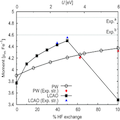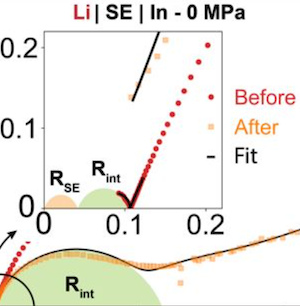Publications
Our publications are also available in Google Scholar.
2025
112. Phase Behavior and Ion Transport in Lithium–Niobium–Tantalum Oxide Alloys
Chen et al., Chem. Mater.
111. Reducing Self-Interaction Error in Transition-Metal Oxides with Different Exact-Exchange Fractions for Energy and Density
Gopidi H. R et al., ArXiV (2025).
110. Temperature-Regulated Gating Enables Gas Separations in Ultramicroporous Aluminum Formate, ALF
Evans et al., Chem. Mater.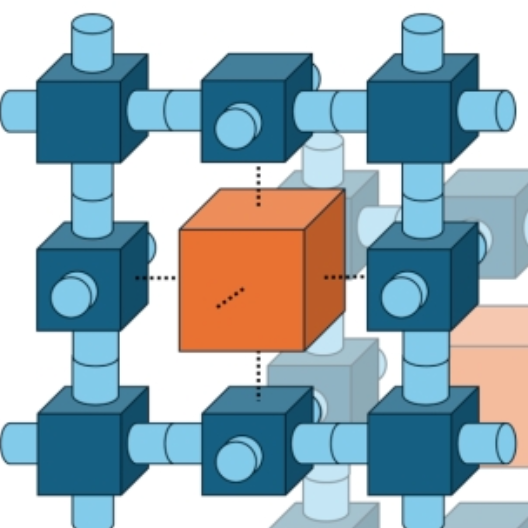
109. Structure and transport properties in the pseudo-binary phase system Li4SiS4-Li4SnS4
Balzat L. et al., Chem. Mater.
108. Correction to "Pushing Forward Simulation Techniques of Ion Transport in Ion Conductors for Energy Materials"
Canepa P., ACS Mater. Au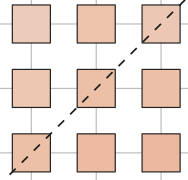
107. Correction to “Stacking Faults Assist Lithium-Ion Conduction in a Halide-Based Superionic Conductor”
Sebti E. et al., J. Am. Chem. Soc.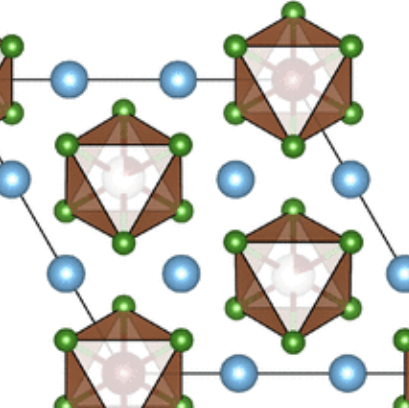
106. Correction to “Thermodynamics of Sodium–Lead Alloys for Negative Electrodes from First-Principles”
Lee D. K. J. et al., Chem. Mater.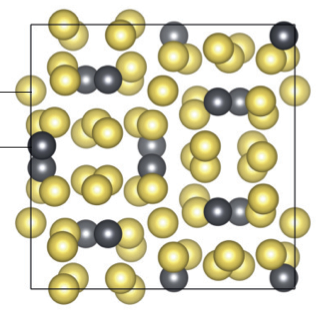
105. Obtaining V2(PO4)3 by sodium extraction from single-phase NaxV2(PO4)3 (1 < x < 3) positive electrode materials
Park S. et al., Nat. Mater.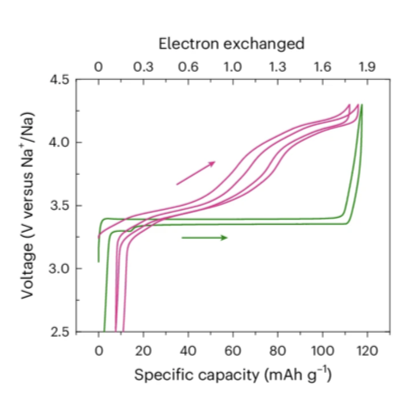
2024
104. Compatibility of Halide Bilayer Separators for All-Solid-State Batteries
Panchal A. A. et al., ACS Energy Lett.
103. On the Thermal Conductivity and Local Lattice Dynamical Properties of NASICON Solid Electrolytes
Böger T. et al., J. Amer. Chem. Soc.102. Miscibility of Li4GeO4 into Li3PS4 Solid Electrolytes from First-Principles Methods
Han Y. et al., Chem. Mater.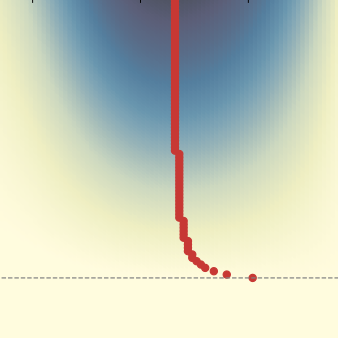
101. Structure and exfoliation mechanism of two-dimensional boron nanosheets
Chung J.-Y. et al., Nature Comm.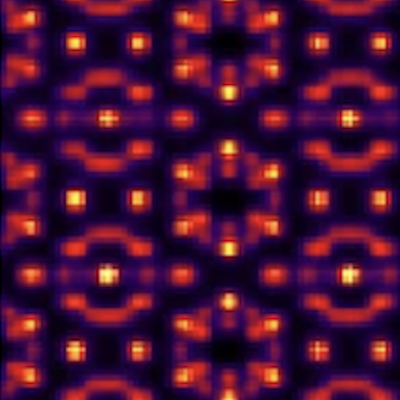
100. Alkali cation-induced cathodic corrosion in Cu electrocatalysts
Liu S. et al., Nature Comm.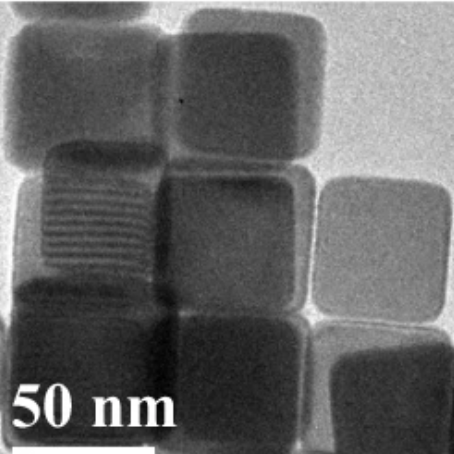
99. Thermodynamics of Sodium-Lead Alloys for Negative Electrodes from First-Principles
Lee D. K. J. et al., Chem. Mater.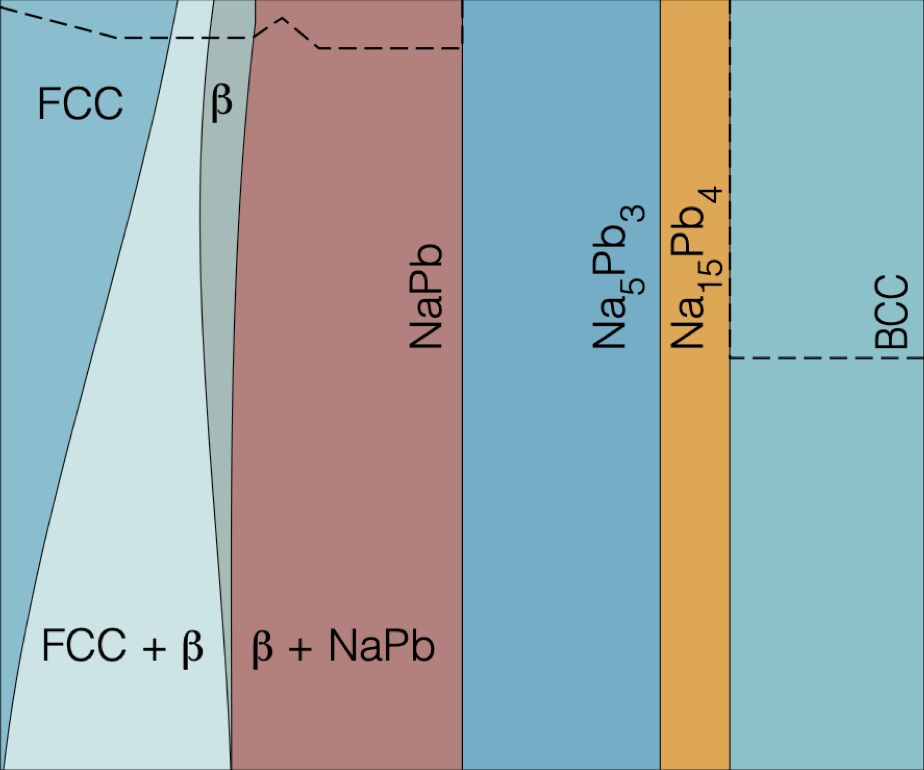
98. Computational Investigation of the Structural and Electrolyte Properties of the Extended Family of Lithium (Thio)Boracite Materials: Li4B7O12Cl and Beyond
Lynch D. C. et al., Phys. Rev. Mater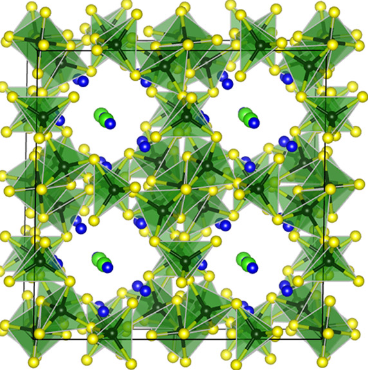
97. Uncovering the Predictive Pathways of Lithium and Sodium Interchange in Layered Oxides
Han Y. et al., Nat. Mater.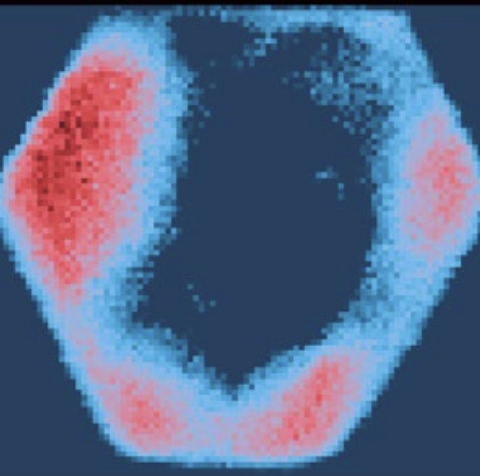
96. Roadmap on Multivalent Batteries
Palacin M. R. et al., J. Phys. Energy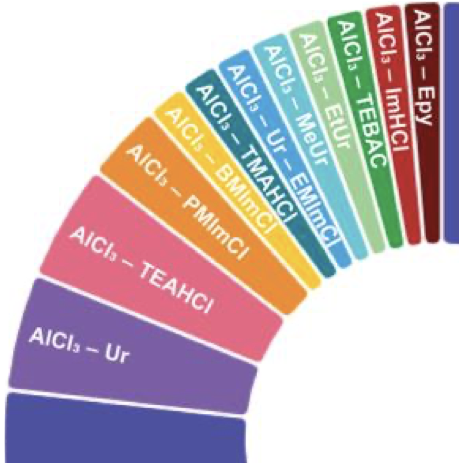
95. Reducing the Defect Formation Energy by Aliovalent Sn(+IV) and Isovalent P(+V) Substitution in Li3SbS4 Promotes Li+ Transport
Helm B. et al., ACS Appl. Energy Mater.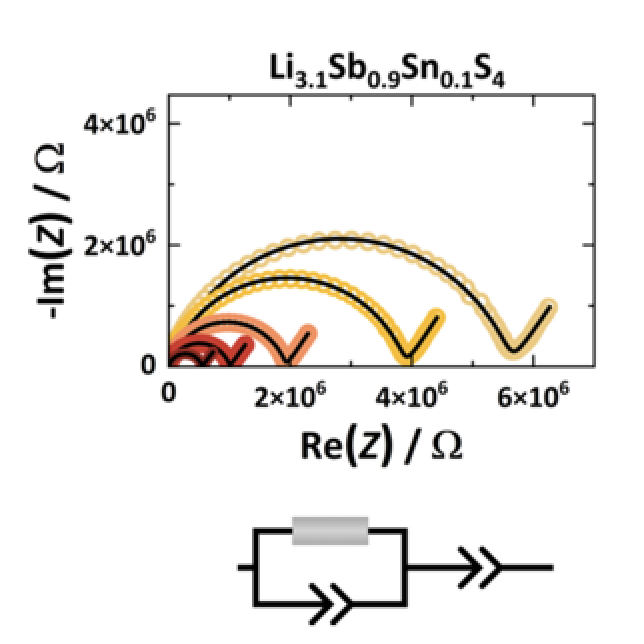
94. A Database of Computed Raman Spectra of Inorganic Compounds with Accurate Hybrid Functionals
Li Y. et al., Sci. Data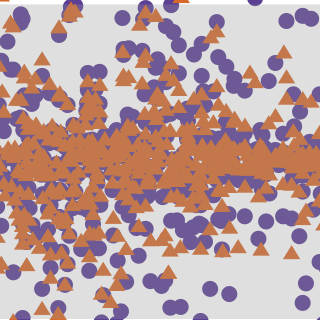
93. Effects of Grain Boundaries and Surfaces on Electronic and Mechanical Properties of Solid Electrolytes
Xie W. et al., Adv. Energy Mater.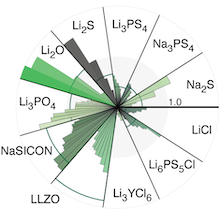
2023
92. 0D Pyramid-intercalated 2D Bimetallic Halides with Tunable Electronic Structures and Enhanced Emission under Pressure
Liu Y. et al., Angew. Chem. Int. Ed.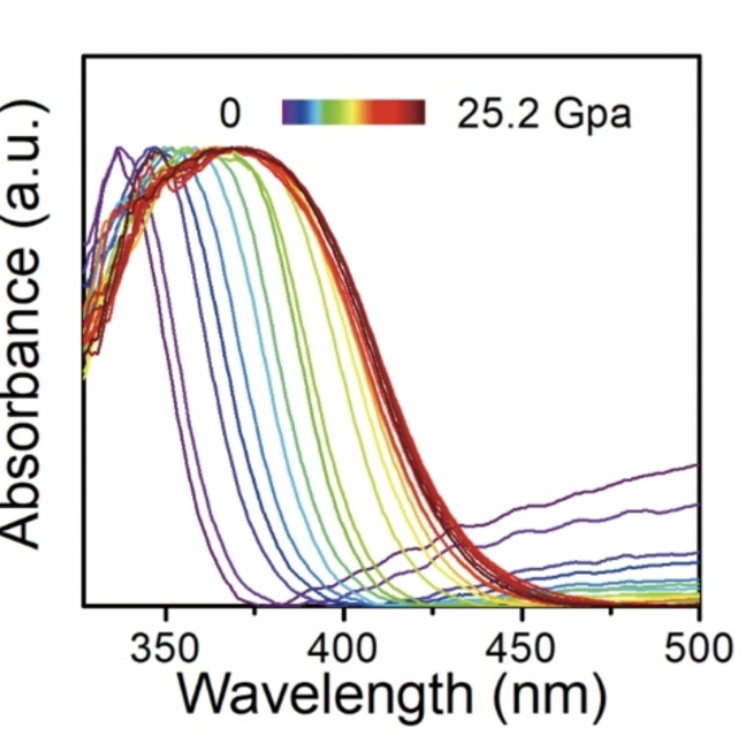
91. Zirconia-free NaSICON Solid Electrolyte Materials for Sodium All-solid-state Batteries
Tieu A. J. K. et al., J. Mater. Chem. A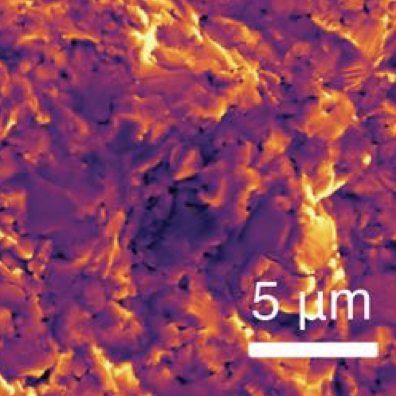
90. Thermal Conductivities of Lithium-Ion-Conducting Solid Electrolytes
Böger T. et al., ACS Appl. Energy Mater.
89. Modeling the Effects of Salt Concentration on Aqueous and Organic Electrolytes
van der Lubbe S. et al., npj Comp. Mater.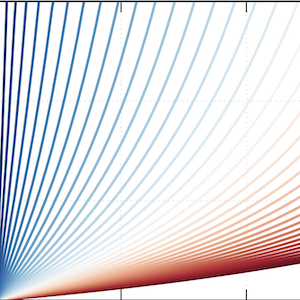
88. Hydrogen Storage with Aluminum Formate, ALF: Experimental, Computational, and Technoeconomic Studies
Evans H. A. et al., J. Am. Chem. Soc.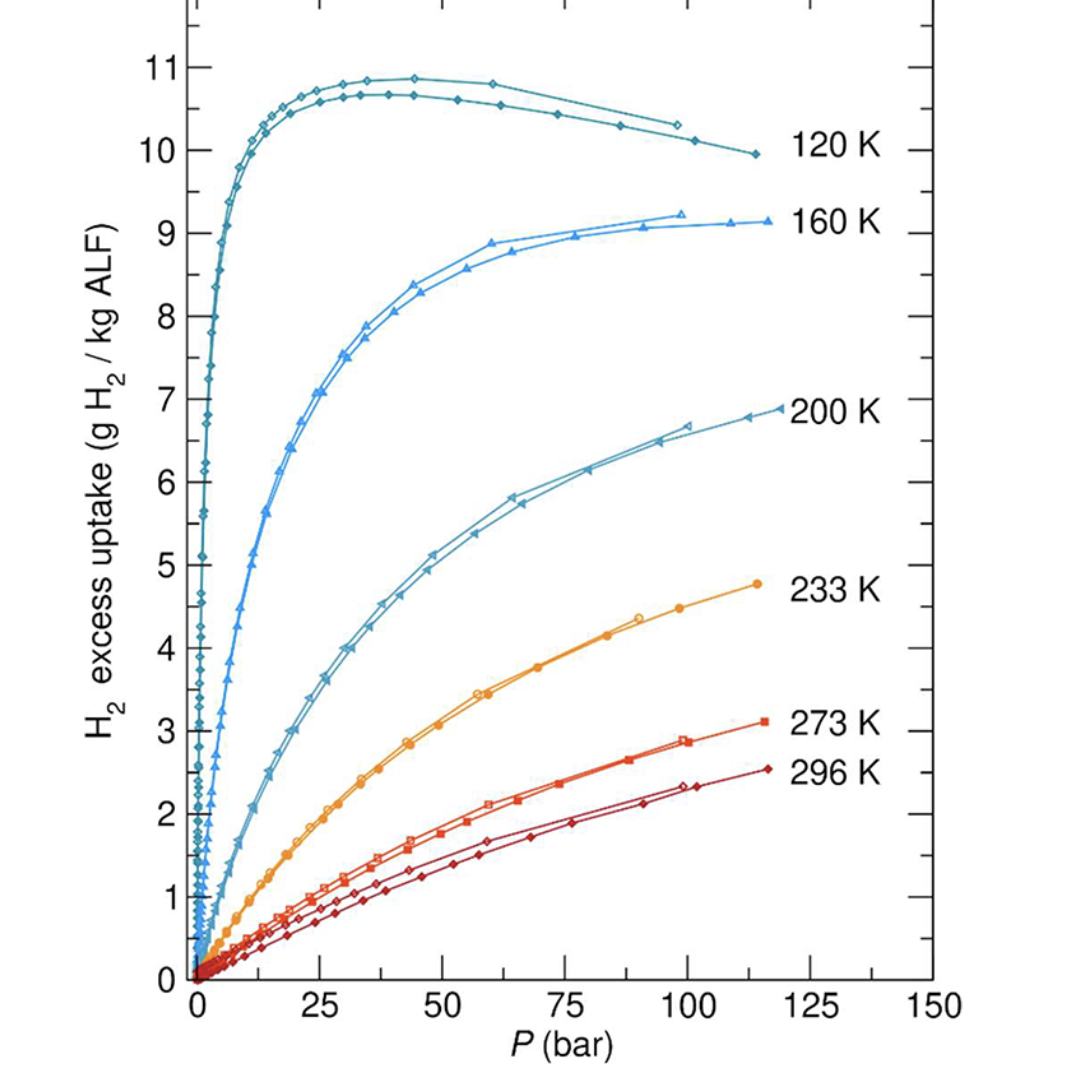
87. Kinetic Monte Carlo Simulations of Sodium Ion Transport in NaSICON Electrodes
Wang Z. et al., ACS Materials Lett.86. kMCpy: A Python Package to Simulate Transport Properties in Solids with Kinetic Monte Carlo
Deng Z. et al., Comput. Mater. Sci.
85. On the Active Components in Crystalline Li–Nb–O and Li–Ta–O Coatings from First Principles
Chen H. et al., Chem. Mater.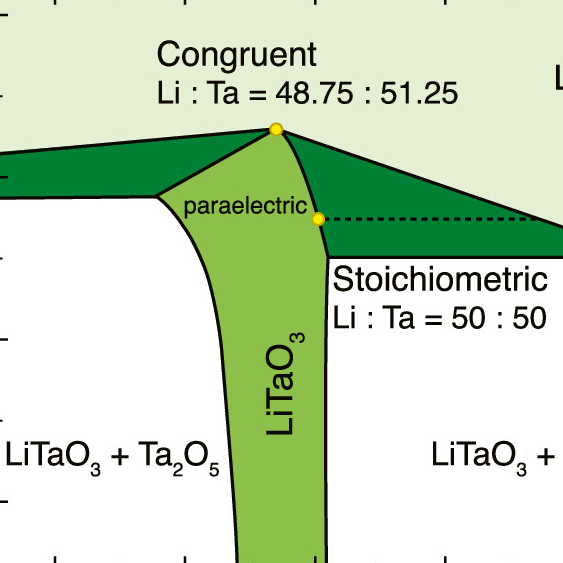
84. Unlocking the Inaccessible Energy Density of Sodium Vanadium Fluorophosphate Electrode Materials by Transition Metal Mixing
van der Lubbe S. et al., Chem. Mater.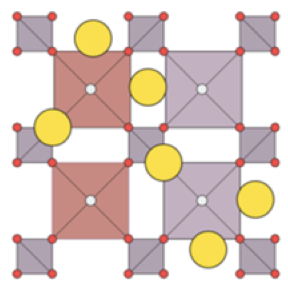
83. As-grown Miniaturized True Zero-order Waveplates Based on Low-dimensional Ferrocene Crystals
Li Z. et al., Adv. Mater.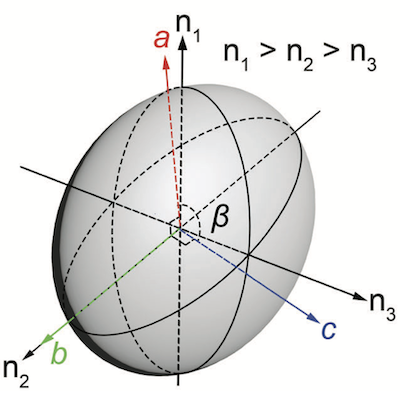
82. Exclusive Recognition of CO2 from Hydrocarbons by Aluminum Formate with Hydrogen-Confined Pore Cavities
Zhang Z. et al., J. Amer. Chem. Soc.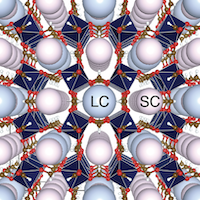
81. Noncryogenic Air Separation Using Aluminum Formate Al(HCOO)3 (ALF)
Mullangi D. et al., J. Amer. Chem. Soc.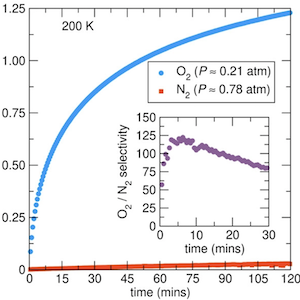
80. Mechanisms of Electronic and Ionic Transport during Mg Intercalation in Mg–S Cathode Materials and Their Decomposition Products
Vincent S. et al., Chem. Mater.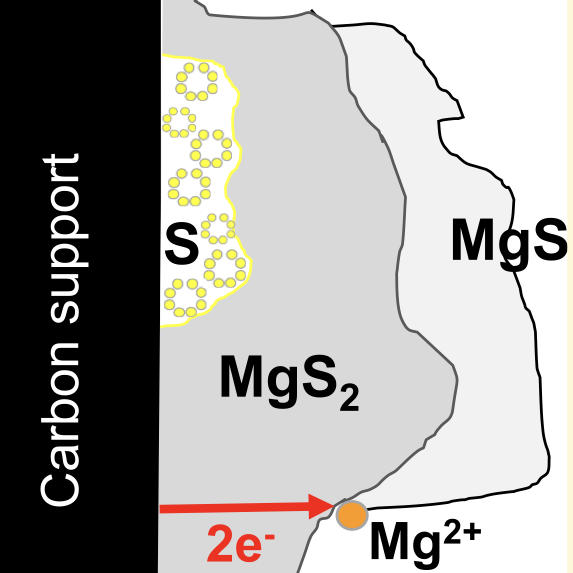
79. Two-Dimensional Hybrid Dion–Jacobson Germanium Halide Perovskites
Chen C. et al., Chem. Mater.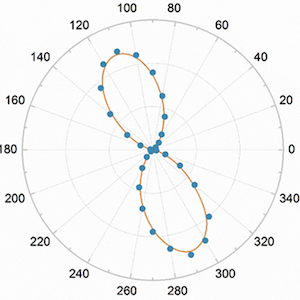
78. Strategies for Fitting Accurate Machine Learned Inter-atomic Potentials for Solid Electrolytes
Wang J. et al., Mater. Futures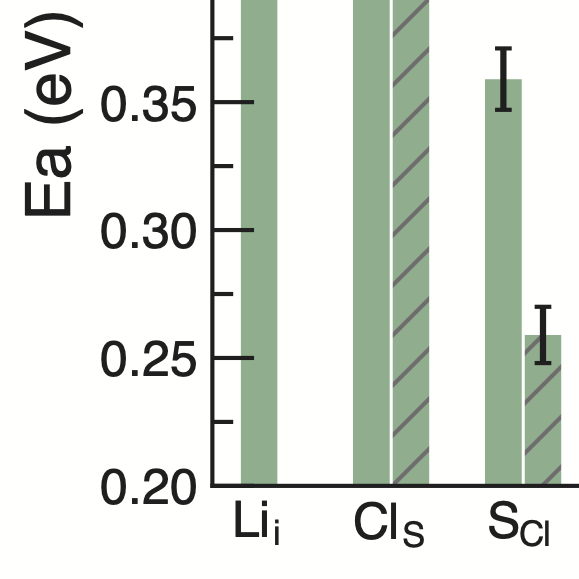
2022
76. Exploration of NaSICON Frameworks as Calcium-Ion Battery Electrodes
Tekliye D. B. et al., Chem. Mater.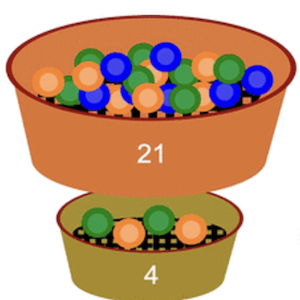
75. Aluminum formate, Al(HCOO)3: An earth-abundant, scalable, and highly selective material for CO2 capture
Evans H. A. et al., Sci. Adv.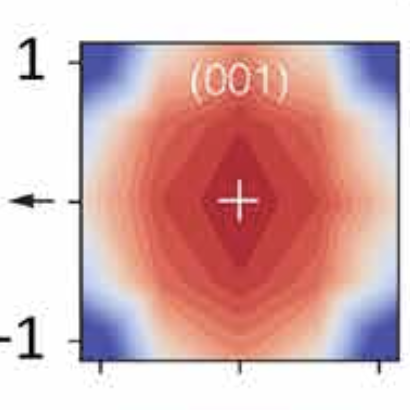
74. Pushing Forward Simulation Techniques of Ion Transport in Ion Conductors for Energy Materials
Canepa P., ACS Mater. Au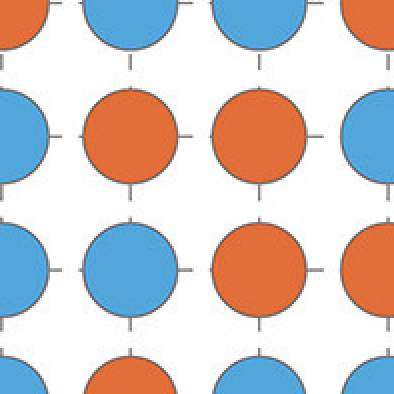
73. Hybrid Germanium Bromide Perovskites with Tunable Second Harmonic Generation
Liu Y. et al., Angew. Chem.Int. Ed.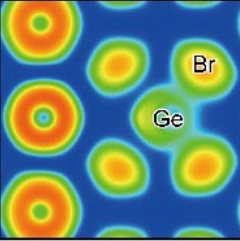
72. Role of electronic passivation in stabilizing the lithium-LixPOyNz solid-electrolyte interphase
Li Y. et al., Phys. Rev. X Energy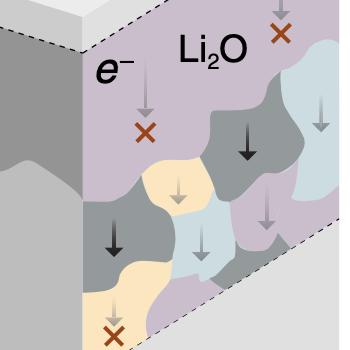
71. Fundamental investigations on the sodium-ion transport properties of mixed polyanion solid-state battery electrolytes
Deng Z. et al., Nat. Commun.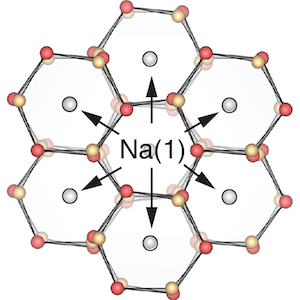
70. Effect of exchange-correlation functionals on the estimation of migration barriers in battery materials
Devi R. et al., npj Comp. Mater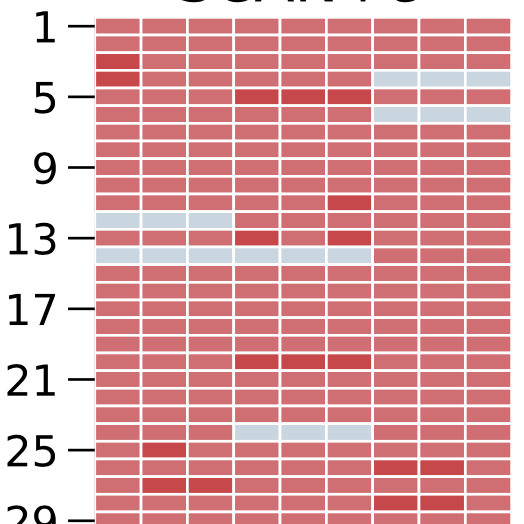
69. ACS In Focus: Machine Learning in Materials Science
Butler K. T. et al.,
68. The Resistive Nature of Decomposing Interfaces of Solid Electrolytes with Alkali Metal Electrodes
Wang J. et al., J. Mater. Chem. A, Emerging Investigators and A HOT Papers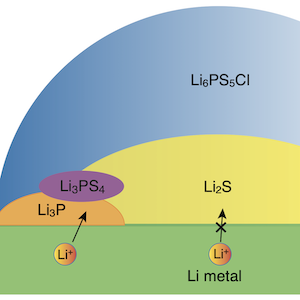
67. Rational Design of Mixed Polyanion Electrodes NaxV2P3-i(Si/S)iO12 for Sodium Batteries
Kapoor V. et al., Chem. Mater.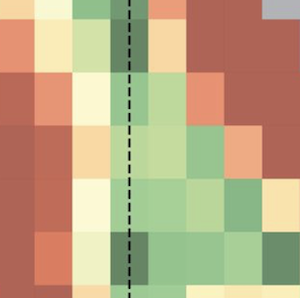
66. Design and Characterization of Host Frameworks for Facile Magnesium Transport
Gao Y. et al., Annu. Rev. Mater. Res.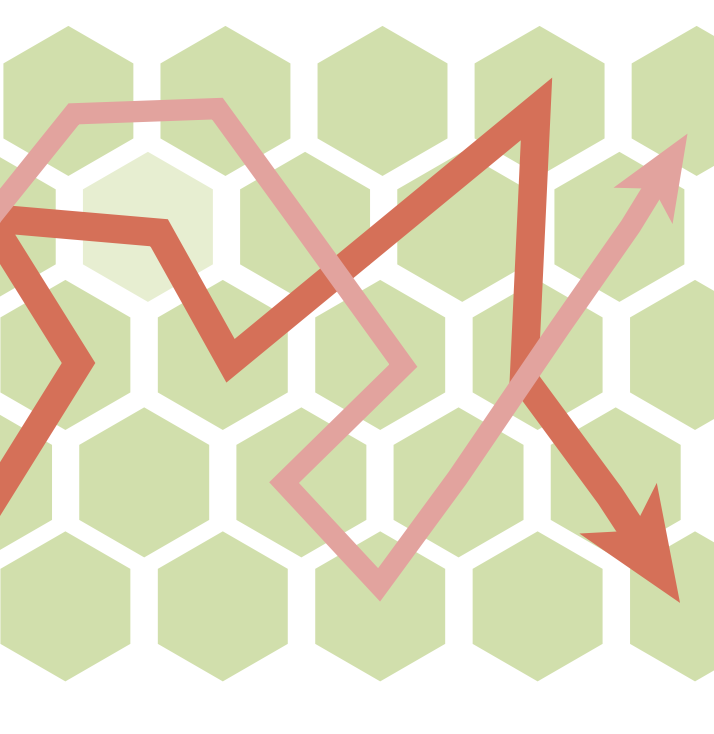
65. Stacking Faults Assist Lithium-Ion Conduction in a Halide-Based Superionic Conductor
Sebti E. et al., J. Am. Chem. Soc.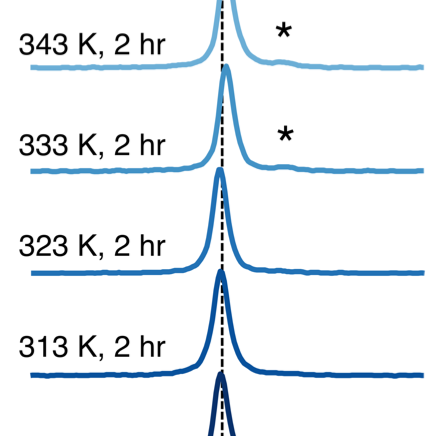
64. Superionic Conduction in the Plastic Crystal Polymorph of Na4P2S6
Scholz E. et al., ACS Energy Lett.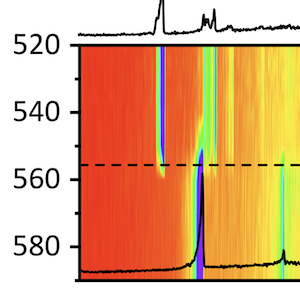
63. Editorial Virtual Issue: Solid Electrolytes in the Spotlight
Doeff M. M. et al., Chem. Mater.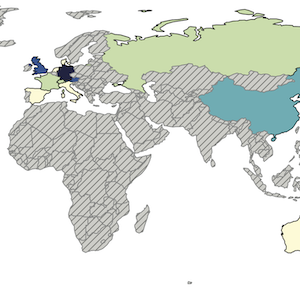
62. H2O and CO2 Surface Contamination of the Lithium Garnet Li7La3Zr2O12 Solid Electrolyte
Li Y. et al., J. Mater. Chem. A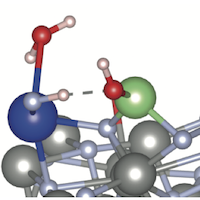
61. Crystal Structure of NaxV2(PO4)3, an Intriguing Phase Spotted in the Na3V2(PO4)3-Na1V2(PO4)3 System
Park S. et al., Chem. Mater.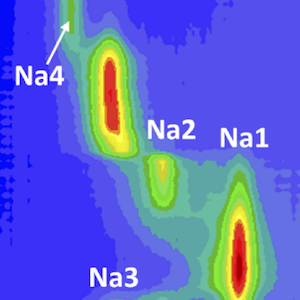
60. Towards Autonomous High-Throughput Multiscale Modelling of Battery Interfaces
Deng Z. et al., Energy Environ. Sci.
59. Phase Stability and Sodium-Vacancy Orderings in a NaSICON Electrode
Wang Z. et al., J. Mater. Chem. A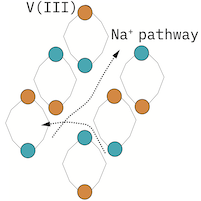
2021
58. Devil is in the Defects: Electronic Conductivity in Solid Electrolytes
Gorai P. et al., Chem. Mater.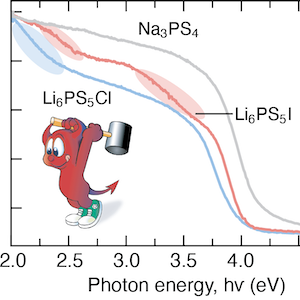
56. Searching Ternary Oxides and Chalcogenides as Positive Electrodes for Calcium Batteries
Lu W. et al., Chem. Mater.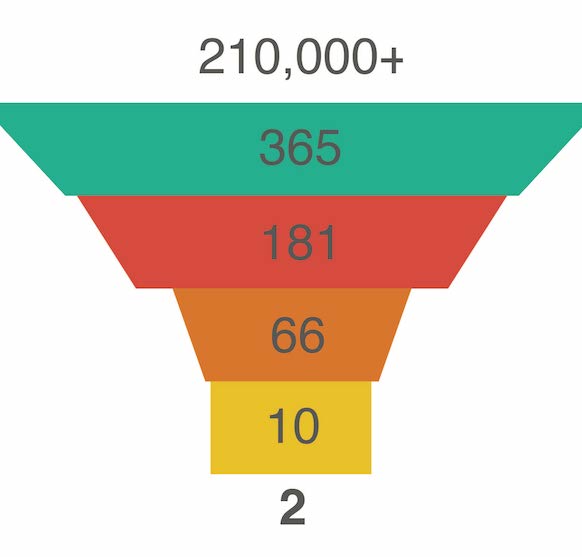
55. Insights into the Rich Polymorphism of the Na+ Ion Conductor Na3PS4 from the Perspective of Variable-Temperature Diffraction and Spectroscopy
Famprikis T. et al., Chem. Mater.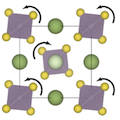
54. Unlocking the origin of compositional fluctuations in InGaN light emitting diodes
Mishra T. P. et al., Phys. Rev. Materials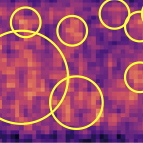
53. Elucidating the Nature of Grain Boundary Resistance in Lithium Lanthanum Titanate
Symington A. R. et al., J. Mater Chem. A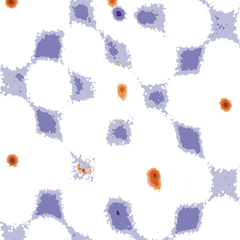
52. A Chemical Map of NaSiCON Electrode Materials for Sodium-ion Batteries
Singh B. et al., J. Mater Chem. A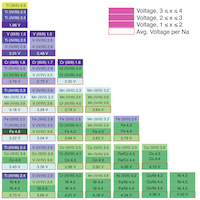
2020
51. Under Pressure: Mechanochemical Effects on Structure and Ion Conduction in the Sodium-Ion Solid Electrolyte Na3PS4
Famprikis T. et al., J. Am. Chem. Soc.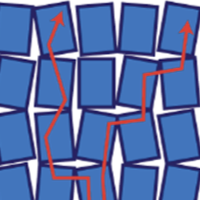
50. Phase Behavior in Rhombohedral NaSiCON Electrolytes and Electrodes
Deng Z. et al., Chem. Mater.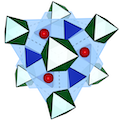
49. Understanding the nature of the passivation layer enabling reversible calcium plating
Forero-Saboya J. et al., Energy Environ. Sci.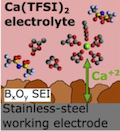
48. Understanding the Structural and Electronic Properties of Bismuth Trihalides and Related Compounds
Deng Z. et al., Inorg. Chem.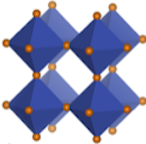
47. Probing Mg Migration in Spinel Oxides
Bayliss R. et al., Chem. Mater.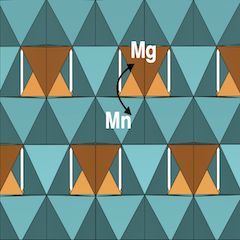
2019
46. Ionic Transport in Potential Coating Materials for Mg Batteries
Chen T. et al., Chem. Mater.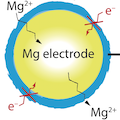
45. Theoretical Modelling of Multivalent Ions in Inorganic Hosts
Gautam G. S. and Canepa P., Energy and Environment Series No. 23.
44. Fundamentals of inorganic solid-state electrolytes for batteries
Famprikis T., Canepa P. et al., Nature Materials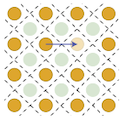
43. Metal-free perovskites for non linear optical materials
Kasel T. W. and Deng Z. et al., Chem. Sci.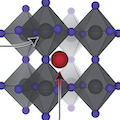
42. Toward Understanding the Different Influences of Grain Boundaries on Ion Transport in Sulfide and Oxide Solid Electrolytes
Dawson J. A. et al., Chem. Mater.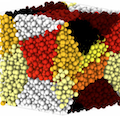
41. Designing interfaces in energy materials applications with first-principles calculations
Butler K. T. et al., npj Comp. Mater.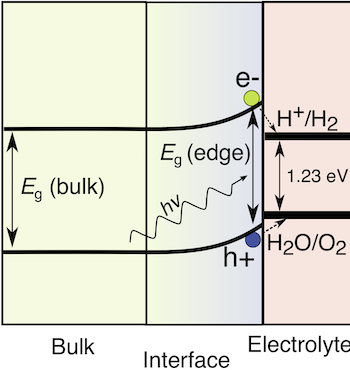
40. Evaluation of Mg Compounds as Coating Materials in Mg Batteries
Chen T. et al., Front. Chem.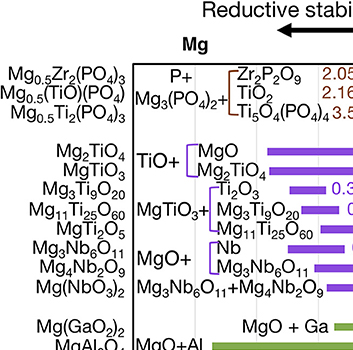
2018
39. Computational analysis and identification of battery materials
Meutzner F. et al., Phys. Sci. Rev.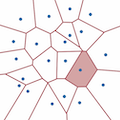
38. On the Balance of Intercalation and Conversion Reactions in Battery Cathodes
Hannah D. C. et al., Adv. Energy Mater.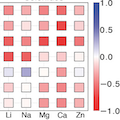
37. Particle Morphology and Lithium Segregation to Surfaces of the Li7La3Zr2O12 Solid Electrolyte
Canepa P. et al., Chem. Mater.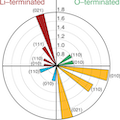
36. Correction to "Atomic-Scale Influence of Grain Boundaries on Li-Ion Conduction in Solid Electrolytes for All-Solid-State Batteries"
Dawson J. A. et al., J. Amer. Chem. Soc.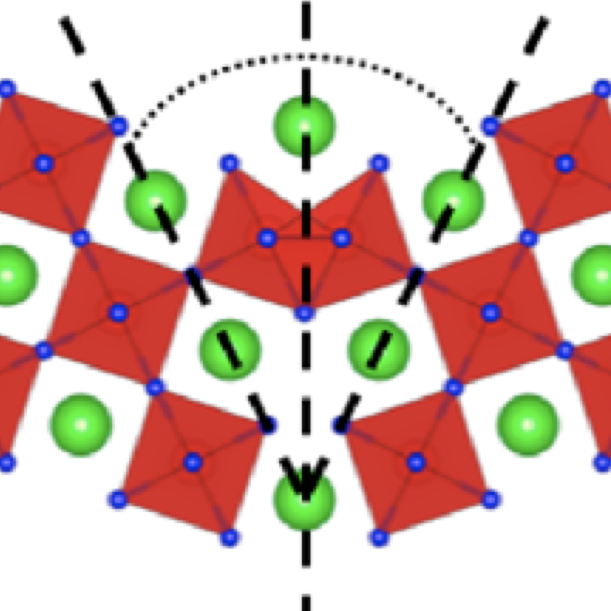
35. Atomic-Scale Influence of Grain Boundaries on Li-Ion Conduction in Solid Electrolytes for All-Solid-State Batteries
Dawson J. A. et al., J. Amer. Chem. Soc.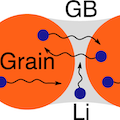
2017
34. High magnesium mobility in ternary spinel chalcogenides
Canepa P. et al., Nat. Commun.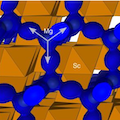
33. Role of Point Defects in Spinel Mg Chalcogenide Conductors
Canepa P. et al., Chem. Mater.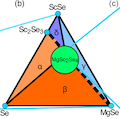
32. Influence of Inversion on Mg Mobility and Electrochemistry in Spinels
Gautam G. S. et al., Chem. Mater.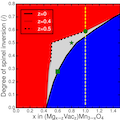
31. Continuum Model of Gas Uptake for Inhomogeneous Fluids
Ihm Y. et al., J. Phys. Chem. C.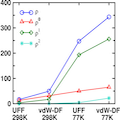
30. Interaction of Acid Gases SO2 and NO2 with Coordinatively Unsaturated Metal Organic Frameworks: M-MOF-74 (M = Zn, Mg, Ni, Co)
Tan K. et al., Chem. Mater.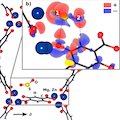
29. Magnesium ion mobility in post-spinels accessible at ambient pressure
Hannah D. C. et al., Chem. Commun.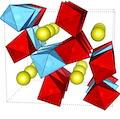
28. Odyssey of Multivalent Cathode Materials: Open Questions and Future Challenges
Canepa P. et al., Chem. Rev.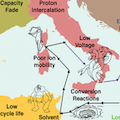
2016
27. An efficient algorithm for finding the minimum energy path for cation migration in ionic materials.
Rong Z. et al., J. Chem Phys.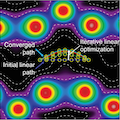
26. Evaluation of sulfur spinel compounds for multivalent battery cathode applications.
Liu M. et al., Energy Environ. Sci.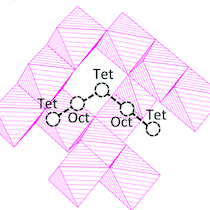
25. Assessing the formation of weak sodium complexes with negatively charged ligands
Berto S. et al., Phys. Chem. Chem. Phys.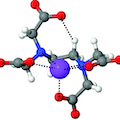
24. Role of Structural H2O in Intercalation Electrodes: The Case of Mg in Nanocrystalline Xerogel-V2O5
Gautam G. S. et al., Nano Lett.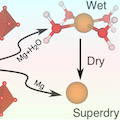
2015
23. Elucidating the structure of the magnesium aluminum chloride complex electrolyte for magnesium-ion batteries
Canepa P. et al., Energy Environ. Sci.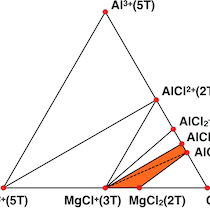
22. Structural, elastic, thermal, and electronic responses of small-molecule-loaded metal–organic framework materials
Canepa P. et al., J. Mater. Chem. A.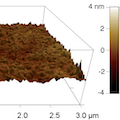
21. First-principles evaluation of multi-valent cation insertion into orthorhombic V2O5
Gautam S. G. et al., Chem. Commun.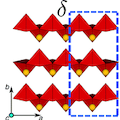
20. Materials Design Rules for Multivalent Ion Mobility in Intercalation Structures
Rong Z. et al., Chem. Mater.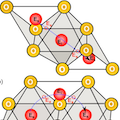
19. The Intercalation Phase Diagram of Mg in V2O5 from First-Principles
Gautam S. G. et al., Chem. Mater.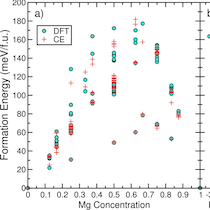
18. Understanding the Initial Stages of Reversible Mg Deposition and Stripping in Inorganic Nonaqueous Electrolytes
Canepa P. et al., Chem. Mater.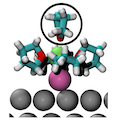
17. Spinel compounds as multivalent battery cathodes: a systematic evaluation based on ab initio calculations
Liu M. et al., Energy Environ. Sci.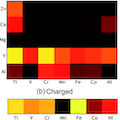
2014 and earlier
16. Water Reaction Mechanism in Metal Organic Frameworks with Coordinatively Unsaturated Metal Ions: MOF-74
Tan K. et al., Chem. Mater.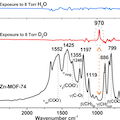
15. Study of van der Waals bonding and interactions in metal organic framework materials
Zuluaga S. et al., J. Phys.: Condens. Matter.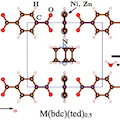
14. Mechanism of Preferential Adsorption of SO2 into Two Microporous Paddle Wheel Frameworks M(bdc)(ted)0.5
Tan K. et al., Chem. Mater.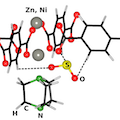
13. High-throughput screening of small-molecule adsorption in MOF
Canepa P. et al., J. Mater. Chem. A.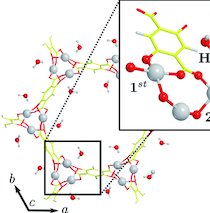
12. Water Cluster Confinement and Methane Adsorption in the Hydrophobic Cavities of a Fluorinated Metal–Organic Framework.
Nijem N. et al., J. Am. Chem. Soc.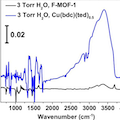
11. NMR study of small molecule adsorption in MOF-74-Mg
Lopez M. G. et al., J. Chem. Phys.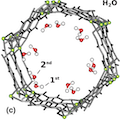
10. When metal organic frameworks turn into linear magnets
Canepa P. et al., Phys. Rev. B.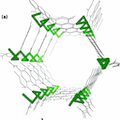
9. Diffusion of Small Molecules in Metal Organic Framework Materials
Canepa P. et al., Phys. Rev. Lett.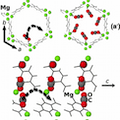
8. Spectroscopic characterization of van der Waals interactions in a metal organic framework with unsaturated metal centers: MOF-74–Mg
Nijem N. et al., J. Phys.: Condens. Matter.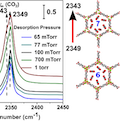
7. Elastic and Vibrational Properties of α- and β-PbO
Canepa P. et al., J. Phys. Chem. C.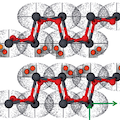
6. Tuning the Gate Opening Pressure of Metal–Organic Frameworks (MOFs) for the Selective Separation of Hydrocarbons
Nijem N. et al., J. Am. Chem. Soc.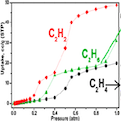
5. Stability and Hydrolyzation of Metal Organic Frameworks with Paddle-Wheel SBUs upon Hydration
Tan K. et al., Chem. Mater.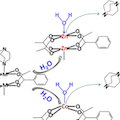
4. Comparison of a calculated and measured XANES spectrum of α-Fe2O3.
Canepa P. et al., Phys. Chem. Chem. Phys.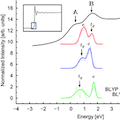
3. J-ICE: a new Jmol interface for handling and visualizing crystallographic and electronic properties.
Canepa P. et al., J. Appl. Cryst.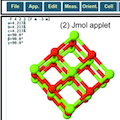
2. Affinity of hydroxyapatite (001) and (010) surfaces to formic and alendronic acids: a quantum-mechanical and infrared study
Canepa P. et al., Phys. Chem. Chem. Phys.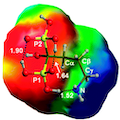
1. Hematite contaminated by heavy metals
Canepa P. et al., Geochim. Cosmochim. Acta